Bacillus cereus is a type of bacterium that forms spores. It can be isolated from the soil and from certain foods and it is more resistant to high temperature and chemical processing than other similar pathogens, such as listeria, E. coli or salmonella. When found in food, B. cereus can cause two types of problems - vomiting soon after eating contaminated food or diarrhea after the period of incubation.
The first type of illness caused by B. cereus can start from half an hour to six hours after eating contaminated food. The main symptom is nausea and vomiting, possibly with diarrhea. These symptoms usually subside after 24 hours.

In the diarrheal form of this illness, the symptoms start between six and 15 hours upon the consumption of contaminated food and they include diarrhea and stomach cramps. This form of infection with B. cereus is caused by ingestion of large number of cells and the symptoms start only when the toxins reach the small intestine.
The B. cereus toxin that causes vomiting is commonly found in starchy foods like potatoes and rice. Fried rice is particularly prone to this bacterium. As for the other type, the diarrheal toxin, it is found in many food items, such as meat, vegetables, milk, soups and more. However, the diarrheal toxin can be destroyed if the food is cooked for a certain period of time at high temperature.
Prevention of Bacillus cereus
B. cereus spores actually thrive and activate at high temperatures. One way to prevent emetic form of this illness is to promptly cool down cooked foods, especially boiled rice. Additional heating or cooking will increase the chance of spore activation. Another option is to maintain the temperature of cooked foods above 140°F (60°C) to prevent cell growth. This is particularly helpful against diarrheal form of the bacterium.
Prevention against B. cereus is not an easy task and it is generally a task that regards food manufactures and packagers. At home, it is recommended to use only trusted food brands and to always wash fruit and vegetables with running cold water and a brush, especially if those foods were in contact with soil, dirt and dust. In areas with contaminated water supply, all water used in households should be bottled, filtered or otherwise sanitized.
Since rice and potatoes are common sources of B. cereus, it is important to avoid reheating them after they are cooked and to discard the leftovers. If a consumer chooses to keep the leftover food, it is highly recommended he or she refrigerates them.
- Steaming under pressure, roasting, frying, and grilling foods will destroy the vegetative cells and spores if temperatures within foods are ? 145ºF (63ºC).
- Since foods containing the emetic toxin need to be heated to 249ºF (121ºC) for more than 80 minutes, reheating foods until they are steaming is not enough to inactivate the emetic toxin and efforts should be devoted to prevention.
- Heating (i.e., cooking) to ? 145ºF (63ºC) and reheating to 165ºF (74ºC) for 15 seconds will destroy the vegetative (actively growing) cells. Once cooked, the rapid cooling of the product will prevent any spores present from germinating. However, note that foods cannot be made safe to eat if toxins have already been formed.
- Keep hot foods above 135ºF (57ºC) and cold foods below 41ºF (5ºC) to prevent the formation of spores.
- Refrigerate leftovers properly by cooling rapidly to 41ºF (5ºC) or below. Make sure leftover containers are not stacked close together; this will allow for adequate airflow around the food and ensure rapid cooling.
- www.cdc.gov/mmwr/PDF/wk/mm4310.pdf
- www.cdc.gov/mmwr/preview/mmwrhtml/mm6011a5.htm
- Photo courtesy of Mogana Das Murtey and Patchamuthu Ramasamy via Wikimedia Commons: commons.wikimedia.org/wiki/File:Bacillus_cereus_SEM-cr.jpg







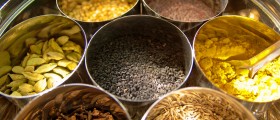
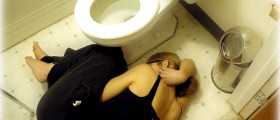

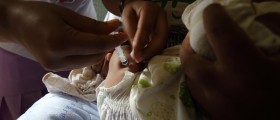
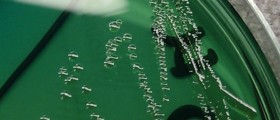

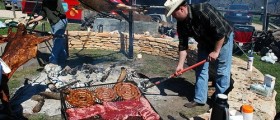
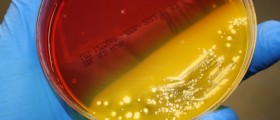
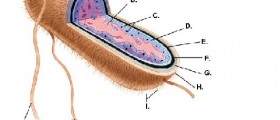

Your thoughts on this
Loading...